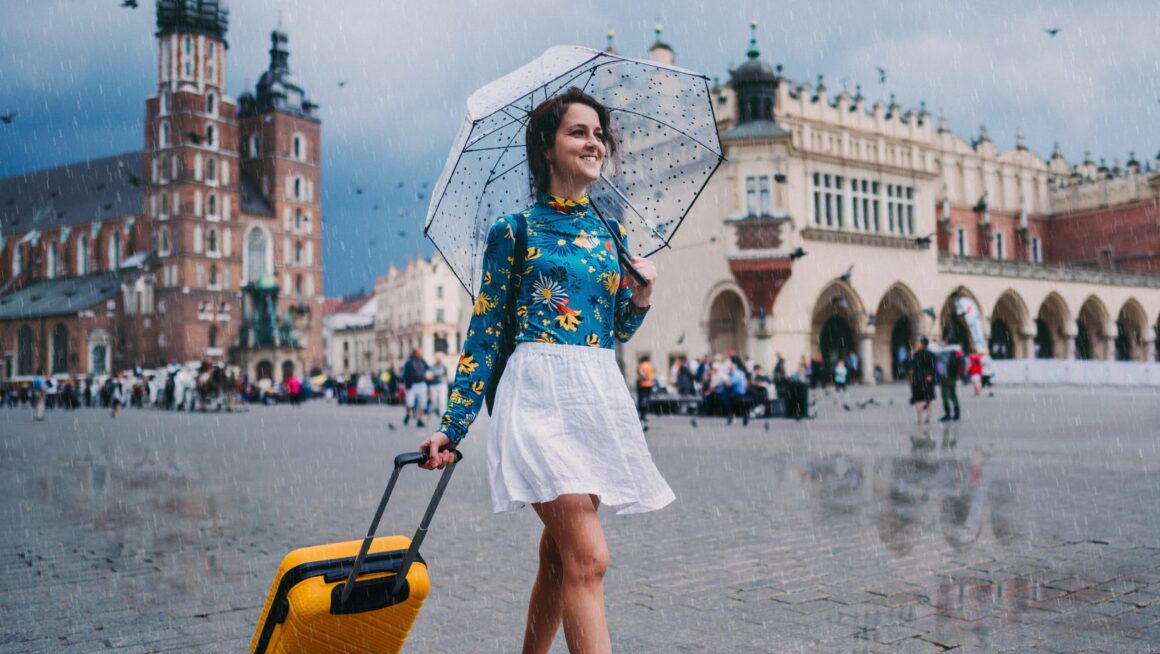Art has the remarkable ability to evoke emotions, inspire thoughts, and connect individuals across cultures and time. The concept of beautiful art encompasses a diverse range of expressions, styles, and mediums, all of which contribute to the rich tapestry of human creativity. This article explores the various forms of art, the role of beauty in artistic expression, and the impact of art on society and individuals.
Beautiful:r_5xzfikzok= Art
 Beautiful art manifests in numerous forms, each with its unique characteristics and cultural significance. From traditional paintings and sculptures to contemporary installations and digital creations, the world of art is vast and varied.
Beautiful art manifests in numerous forms, each with its unique characteristics and cultural significance. From traditional paintings and sculptures to contemporary installations and digital creations, the world of art is vast and varied.
Painting, one of the oldest forms of artistic expression, continues to enchant audiences worldwide. Artists use color, texture, and technique to convey emotions and narratives. Renowned movements such as Impressionism, Surrealism, and Abstract Expressionism each offer distinct perspectives on beauty, showcasing how artists interpret the world around them. For example, Impressionist painters like Claude Monet captured the transient beauty of light and nature, creating a sense of movement that resonates with viewers.
Sculpture, another powerful medium, brings art into three dimensions, allowing for physical interaction with the viewer. From classical marble statues of ancient Greece to modern installations made from unconventional materials, sculptures invite contemplation and engagement. Artists like Michelangelo and Henry Moore have shaped the landscape of sculpture, emphasizing form, balance, and the interplay between light and shadow.
In recent years, digital art has gained prominence, reflecting the technological advancements of our time. Artists use software and digital tools to create stunning visuals that challenge traditional notions of beauty. The accessibility of digital platforms has democratized art, allowing emerging artists to share their work with global audiences and redefine the boundaries of creativity.
The Role of Beauty in Artistic Expression
 Beauty is a fundamental concept in the realm of art, often serving as both a goal and a medium of exploration. Beautiful art is not merely about aesthetics; it encompasses deeper meanings and resonates on an emotional level. Throughout history, artists have grappled with the definition of beauty, often challenging conventional standards and pushing the limits of creativity.
Beauty is a fundamental concept in the realm of art, often serving as both a goal and a medium of exploration. Beautiful art is not merely about aesthetics; it encompasses deeper meanings and resonates on an emotional level. Throughout history, artists have grappled with the definition of beauty, often challenging conventional standards and pushing the limits of creativity.
The pursuit of beauty can be seen in various cultural contexts. In Western art, the Renaissance period emphasized harmony, proportion, and idealized forms, reflecting a desire to capture the beauty of the human experience. In contrast, other cultures may celebrate beauty through intricate patterns, vibrant colors, and symbolic representations. For example, traditional Japanese art often highlights the beauty of nature and simplicity, as seen in woodblock prints and ceramics.
Moreover, the concept of beauty is ever-evolving. Contemporary artists frequently address societal issues, using their work to provoke thought and challenge perceptions. This redefinition of beauty invites viewers to engage critically with art, prompting discussions about identity, politics, and social justice. As a result, beautiful art transcends mere visual appeal; it becomes a powerful medium for dialogue and reflection.
The Impact of Art on Society and Individuals
 The influence of beautiful art extends beyond galleries and museums; it permeates everyday life, shaping culture and society. Art has the power to inspire change, foster understanding, and promote healing. Public art installations, murals, and performances often serve as catalysts for community engagement, encouraging dialogue about important issues and bringing people together.
The influence of beautiful art extends beyond galleries and museums; it permeates everyday life, shaping culture and society. Art has the power to inspire change, foster understanding, and promote healing. Public art installations, murals, and performances often serve as catalysts for community engagement, encouraging dialogue about important issues and bringing people together.
For individuals, art can be a source of inspiration, solace, and self-expression. Engaging with art—whether through creation or appreciation—allows individuals to explore their emotions and experiences. Art therapy, for example, harnesses the therapeutic potential of artistic expression to promote mental well-being, helping individuals process trauma and find healing.
Furthermore, art fosters cultural exchange, bridging gaps between diverse communities. Through collaborative projects and exhibitions, artists from different backgrounds can share their stories and perspectives, enriching the cultural landscape. This exchange of ideas promotes empathy and understanding, highlighting the universal themes of beauty, struggle, and resilience.
Beautiful art serves as a powerful testament to human creativity and expression. From its diverse forms to its profound impact on society, art invites individuals to explore, reflect, and connect. As we navigate an increasingly complex world, the role of art becomes ever more significant, reminding us of our shared humanity and the beauty that can emerge from our experiences.
